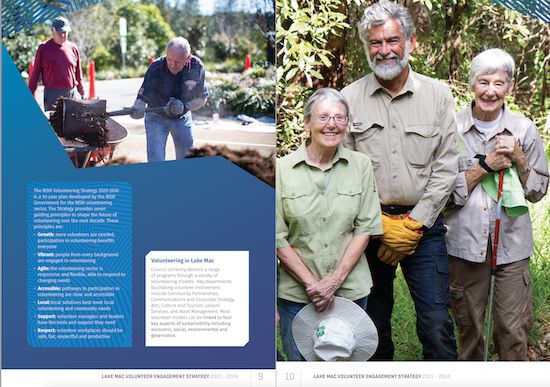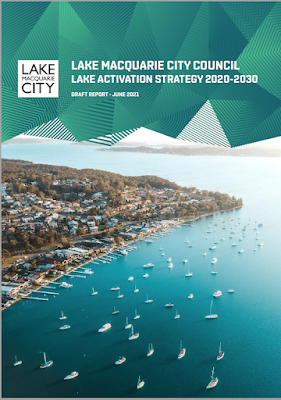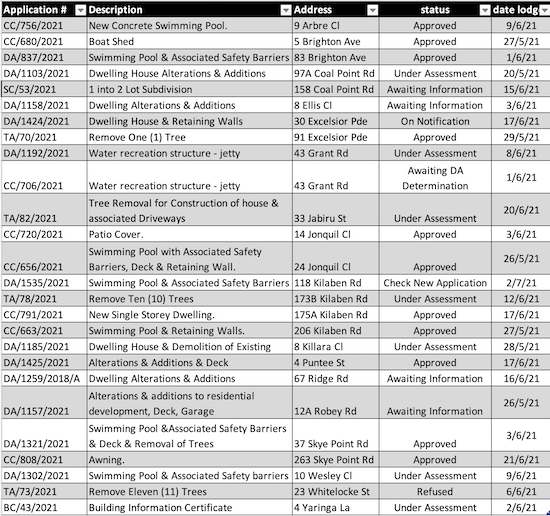The CPPA Annual General Meeting was a resounding success with three new brains - Selma Barry, Nico Marcar and Prue Bedford - joining the governance board of the Association. Along with the returning stalwarts, Harvey Mitchell, Ian Dennison, Tony Dynon and Suzanne Pritchard, this collection of committed community enthusiasts will endeavour to determine a positive direction for the CPPA, ensure best use of its assets and implement its objectives.
The CPPA committee meets every odd month, 3:30-5:30pm at the hall. Interested members are always welcome to join us.
An annual report was compiled for the AGM and circulated to members prior to the AGM. The complete report is available online for your perusal.
President’s Thoughts-Suzanne Pritchard
The 2020-21 Progress year certainly created food for thought. The constraints and opportunities that COVID created have moved the goal posts for what a community requires to be connected, sustainable, nurturing and caring.
It was a time to really appreciate the open spaces we have in our bigger backyard. So many people got the opportunity to explore our bushland tracks. The Coal Point School Naturespace project is now providing access off the West Ridge (Tirrabenbah), guaranteeing increased usage and therefore appreciation of some picture-perfect bushland. The well attended Walk Safely to School Day provided locals with access knowledge of the bushland track and will hopefully be an ongoing option for students to travel to school in the future.
The Bush Blocks project kicked off after the last AGM and provided lots of opportunities to consider what collaborative housing could look like in our community. The Bush Blocks Collaborative Housing project is an exciting opportunity to create the community we want, providing options to value-add on bushland blocks with creative, smart and sustainable housing that connects and unites the residents with the surrounding community while protecting and enhancing biodiversity for future generations. “Collaborative living is about building stronger communities by emphasising social connection and looking for beneficial ways to share resources and pool skills. The sharing economy is one example of collaborative living, collaborative housing is another”. https://www.collaborativehousing.org.au/
Interestingly LMCC is looking to expand the concept of a Circular Economy to include Circular Communities. The aspirations of the Bush Blocks project align tightly with circular economy principles, and it is hoped that the CPPA will be able to seize an opportunity to facilitate the reshaping of the Carey Bay shopping precinct as a circular community precinct.
Communicating with the community on the Toronto Foreshore Masterplan also dominated the past year with an expanded Chronicle distribution to counter the collapse of local newspapers and the limited regard Council and Councillors show for community concerns. Ultimately the masterplan was adopted on 24 May with significant issues remaining unattended to, such as boating access, parking, and the rezoning of the land to ‘community’.
Thank you to our Members and Volunteers
The Progress Association is indebted to all the volunteers who give their time and skills to undertake community projects and the members whose support is vital for the organisation to be able to represent community views.Sincere thanks to all the volunteers who are the backbone of the CPPA, managing hall bookings, undertaking hall maintenance, distributing newsletters, supporting social events, sharing photographs, massaging data, providing local insights, proffering professional expertise, auditing our accounts and landcaring our biodiverse bushland.
Treasurer’s Report- Ian Dennison
Overall, CPPA financial position remains very healthy.CPPA membership consists of 10 life members plus 124 financial members (i.e. expiring 31/12/2021)
Hall hire income reduced due to Covid restrictions, which led to reduced hall usage, and further reduction due to CPPA halving hirers' bills for a period, to help their businesses recover.
Sponsor income down year on year, mainly due to:
- introduction of multi-month payment options, under which several sponsors paid all or most of 2020 sponsorship in the 2019 year (making 2019 abnormally high, and 2020 abnormally low)
- reduced number of Chronicles in 2020 (8 for the year)?
- Membership subs and donations income down markedly year on year, mainly due to introduction of multi-year payment option, under which many members pre-paid their 2020 subs (plus 2021,22 and 23) in the 2019 year (making 2019 abnormally high, and 2020 abnormally low)
- The CPPA continues to support the Toronto Foreshore Protection Group and Toronto Area Sustainable Neighbourhood Group by facilitating membership and a wider Chronicle distribution, which will be reviewed to determine if the membership grows in these expanded distribution areas.
















